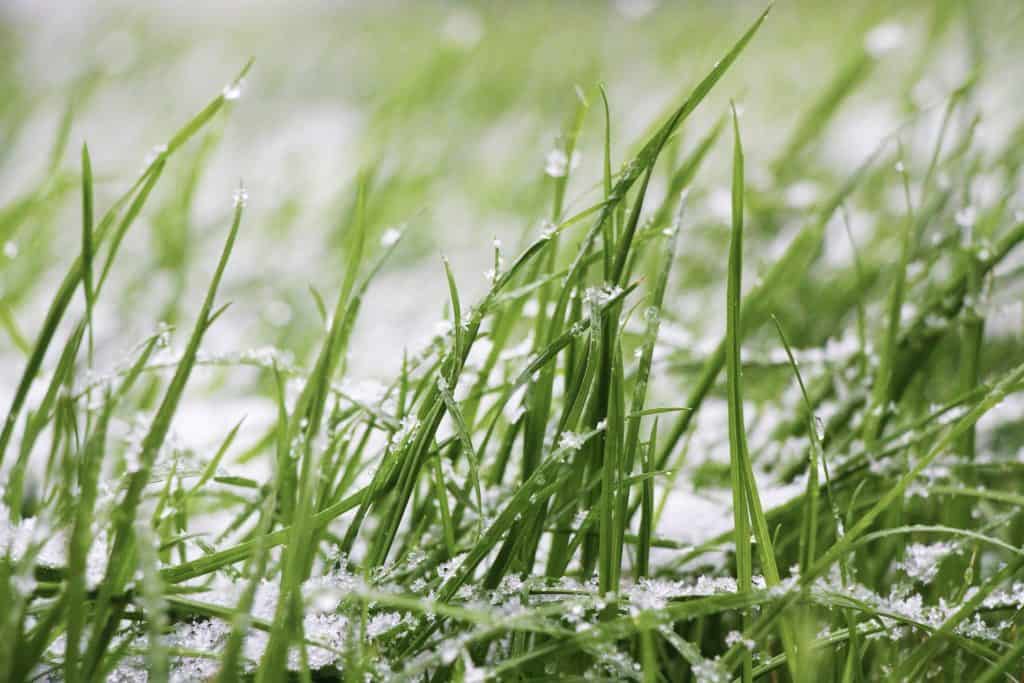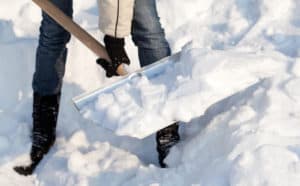Most winters feel like a great break from maintaining our lawn. There’s no need to mow the lawn week after week or keep up with weed removal, but what happens to your lawn during the winter?
It may not occur to many that wintertime and snowfall can be beneficial for the lawn. How so? Well, a few benefits are:
- Nitrogen levels
- Moisture conservation
Nitrogen Levels
During the wintertime, grass naturally falls into a dormant state. While in this dormant state, grass blades conserve valuable resources such as nitrogen.
Nitrogen is the most critical nutrient to have in your lawn. Nitrogen allows grass to grow new green foliage above the soil level, which the plant then uses to photosynthesize, generate energy for sustainable root growth and disease prevention.
When the snow begins to fall, it absorbs the ambient nitrogen that is in the air. This trapped nitrogen is then stored in the snow till it melts and is released and soaked into the soil allowing the grassroots to absorb this precious nutrient.
Seasonal snowmelt can now provide your lawn with an early dose of fertilizer to help it grow strong and bright in the spring.
Moisture Conservation
Winter’s notorious harsh winds and dry atmosphere can cause transpiration to even the most well-kept lawns. Transpiration is when, due to environmental conditions, there’s a loss of a plant’s water through evaporation.
Snow is a great preventative against transpiration. With a layer of snow, your grass will be well protected, allowing the grass blades to hold onto its moisture.
Although wintertime may have its benefits, it also exposes situations that can bring significant damage to your lawn if not maintained properly, such as:
- Frozen grass blades
- Snow mold growth
Frozen Grass Blades
Temperatures in the wintertime can go so low that grass grows wank and, at times, dehydrates. One significant contributing factor is ice.
Most grass has stored energy in the root system to help grow new grass blades when the soil temperature warms and the soil’s moist. Unfortunately, ice and freezing temperatures can go deep into the roots of your lawn, causing damage to this root system and impeding its ability to restore your property to its bright and bouncy state when spring comes rolling around.
One of the best ways to prevent this is to avoid walking or adding any unnecessary pressure on your lawn during the wintertime.
Snow Mold Growth
Snow mold is a fungal disease that can appear as white, pink, or grey patches of grass far after the snow has melted; this is caused by residual moisture left by the melting snow and ice accumulated on your lawn.
One of the best ways to prevent this growth is to avoid unnecessarily staking snow onto your lawn or letting ice build up by the drainage systems.
Keep It Cool
Moyer Lawncare & Landscaping is ready to help you no matter what winter weather may bring. Call us to see how we can help you stay cool all year long with a lawn that stays beautiful no matter what seasons may bring.




